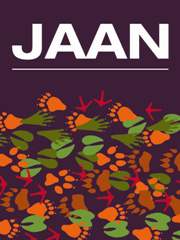Article contents
The impact of feeding a supplement based on aloe and Manuka honey on milk yield from dairy cows
Published online by Cambridge University Press: 27 February 2017
Summary
An Aloe vera and manuka honey commercial supplement (Cow and Calf Formula, DairyCare Ltd, NZ) was fed to approximately 40% of a commercial New Zealand herd with over 1000 cows in lactation following spring calving (August) until the end of lactation (April the following year). The 5 ml of supplement was added automatically to the feed for the treatment group via transponder identification units during at milking. At peak lactation (until October) there was a 5.5% increase (11.76 versus 12.41 litres per milking for control and treated cows respectively; P < 0.001) in yield for the supplemented cows, and over the whole season there was a 4.7% milk yield increase (8.12 versus 8.50 litres per milking for control and treated cows respectively). Data from December and January (high summer) showed no significant increase in milk yield, which was due to a major drought in the area and loss of grazed forage intakes. From these results, it was considered that that the Aloe vera and manuka honey, acting either separately or in synergy, resulted in more nutrients being available for milk production.
- Type
- Commercial Research
- Information
- Copyright
- Copyright © Cambridge University Press and Journal of Applied Animal Nutrition Ltd. 2017
References
- 1
- Cited by


